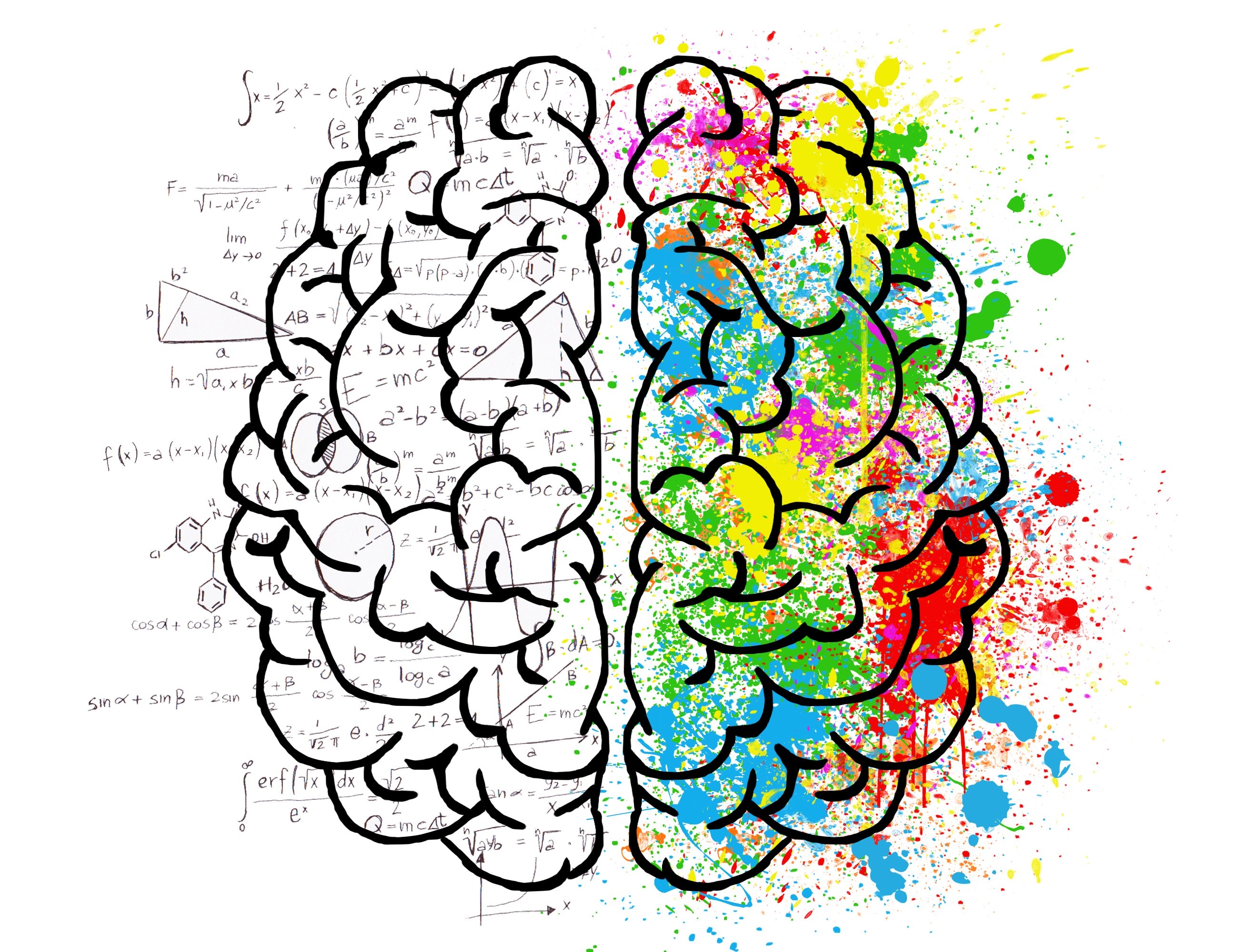Expert panel: Chances and limits of the QEEG
In many areas of medicine, technical, standardized measuring methods for diagnosis have already become established. Be it blood analysis from the laboratory or X-ray images at the orthopaedic surgeon. However, in the field of mental health, objective measurement data as a basis for decision making is practically not yet available. But why?
Learn in this one-hour webinar about the possibilities of modern EEG diagnostics and where its limits lie. The quantitative EEG (QEEG) uses a multi-channel EEG recording and the three-dimensional representation of the electrical activity in the brain. However, in order to be able to make statements about the state of health or even individual pathologies from these recordings, event-based potentials are recorded (so-called ERPs) and examined. Here, the patient solves a specific task several times in a row. The brain activity measured at each decision step allows the analysis of certain patterns and the identification of individual neuromarkers (biomarkers of brain activity).
Although there is already a lot of intensive research on these topics worldwide, the benefits in clinical application are still in their infancy. And yet there are already impressive possibilities. Learn in this English-language panel of experts which technical solutions in diagnostics already exist today and where science is still far from practical application. Prof. Dr. Juri Kropotov and Dr. Bernhard Wandernoth will answer your questions and show what is already available to today's doctors and therapists by means of various technological solutions.
The seminar is unfortunately in the past, a registration is no longer possible!

